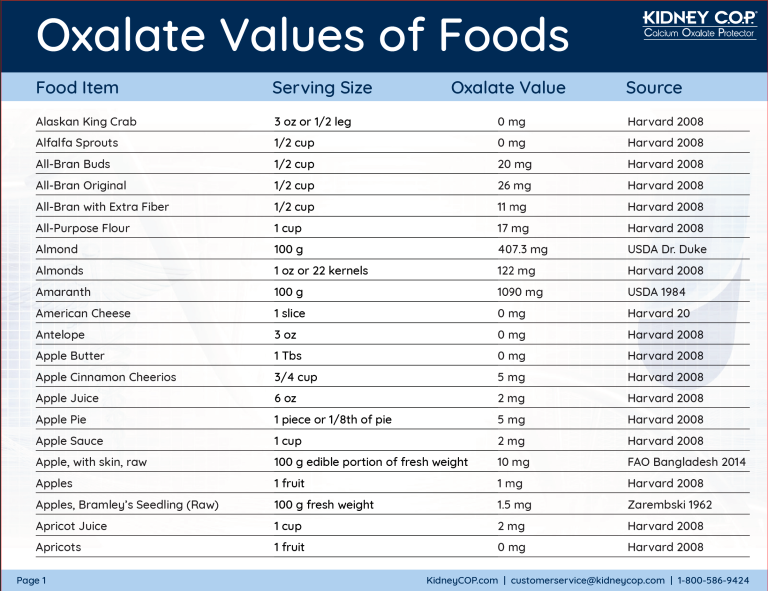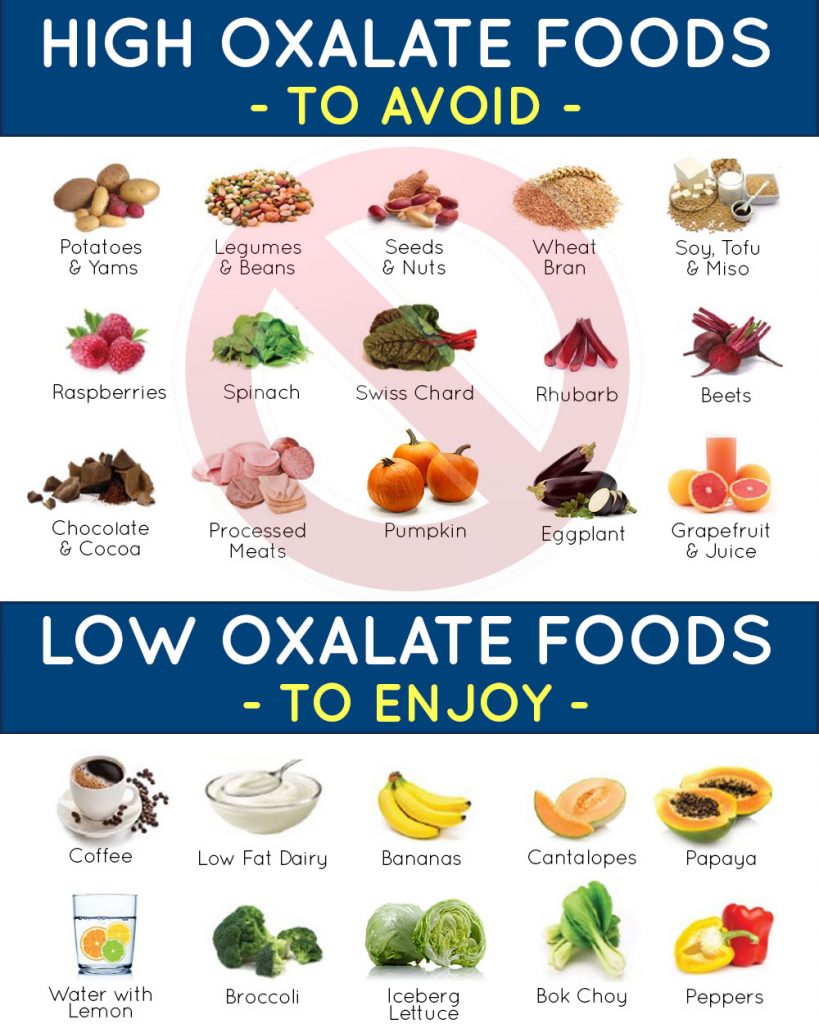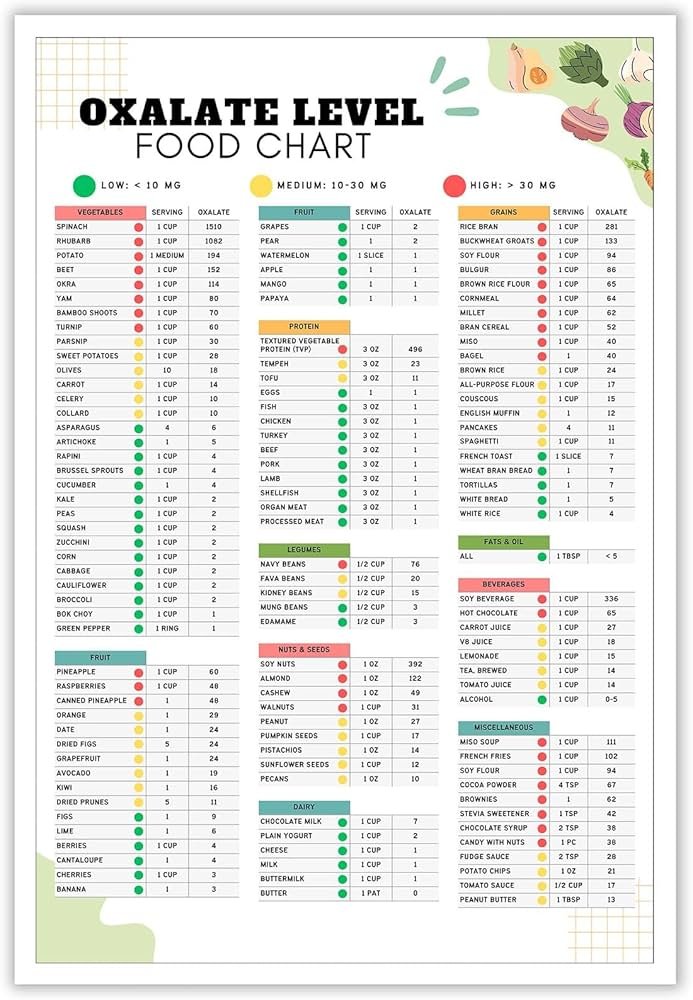Do you ever wonder why the foods you eat can cause discomfort or health issues? It’s a common question, especially when it comes to understanding oxalates and their potential effects on your body. Whether you’re dealing with a health condition or just trying to make smarter dietary choices, knowing about oxalates can empower you to eat with intention.

What Are Oxalates?
Oxalates, or oxalic acid, are naturally occurring compounds found in many plant-based foods. They can bind with minerals like calcium to form oxalate salts, which can lead to kidney stones in some individuals. While not everyone needs to avoid oxalates, a deeper understanding of their presence in food can help you make informed dietary decisions.
Why Do Oxalates Matter?
The conversation around oxalates is vital because they can be a double-edged sword. On one hand, foods high in oxalates often provide essential nutrients; on the other, they can pose risks for certain individuals, particularly those prone to kidney stones. Awareness can be your ally in managing your health, making it essential to know the levels of oxalates in your diet.
Foods High in Oxalates
Certain foods are notorious for their high oxalate content. If you’re curious about which foods to watch out for, here’s a breakdown.
Common Foods High in Oxalates
Here’s a simple chart detailing some common foods high in oxalates:
| Food Item | Approximate Oxalate Content (mg per 100g) |
|---|---|
| Spinach | 970 |
| Swiss Chard | 860 |
| Beets | 500 |
| Rhubarb | 500 |
| Sweet Potatoes | 90 |
| Almonds | 120 |
| Peanuts | 49 |
| Potatoes | 15 |
| Black Tea | 50 |
Green Leafy Vegetables
While green leafy vegetables such as spinach and Swiss chard are packed with nutrients, they also contain high levels of oxalates. If you’re a salad lover, you might want to consider balancing these with low-oxalate greens like kale or romaine.
Nuts and Seeds
Many people reach for almonds and peanuts as healthy snacks, but these contain significantly high oxalate levels. If you’re snacking on nuts, consider mixing in lower oxalate options like macadamia nuts and walnuts.
Foods Low in Oxalates
If you find yourself needing to lower your oxalate intake, it’s good news that many delicious foods are low in oxalates.
Common Foods Low in Oxalates
Here’s a chart of some tasty low-oxalate choices:
| Food Item | Approximate Oxalate Content (mg per 100g) |
|---|---|
| Meat (Chicken, Beef, Pork) | 0 |
| Fish | 0 |
| Eggs | 0 |
| Rice | 0 |
| Quinoa | 5 |
| Cauliflower | 2 |
| Cabbage | 5 |
| Milk | 0 |
| Yogurt | 0 |
Proteins and Dairy
Animal-based proteins like chicken, beef, and fish are all low in oxalates, making them great choices for a balanced diet. Dairy products like milk and yogurt are not just low in oxalates; they also offer calcium, which is essential for bone health.
Grains and Pastas
When it comes to carbohydrates, rice and gluten-free grains like quinoa are both safe bets. They provide energy without the concern of adding high oxalate levels to your diet.
Balancing Your Diet
Now that you know which foods are high and low in oxalates, how do you strike a balance? It’s all about moderation and understanding your personal health needs.
How to Create a Balanced Meal Plan
-
Know Your Body: If you’ve had kidney stones or other related issues, it’s wise to limit your intake of high-oxalate foods, but that doesn’t mean you have to eliminate them altogether.
-
Mix It Up: Combine high-oxalate foods with low-oxalate options. For instance, you could add some grilled chicken to a salad full of low-oxalate veggies.
-
Stay Hydrated: Drinking enough water is crucial. It can help dilute the oxalate concentration in your kidneys, which is essential for preventing kidney stones.

The Role of Calcium
You might be wondering if calcium plays a role in oxalates. The answer is yes! Calcium binds to oxalates in the gut and helps prevent their absorption. This means that calcium-rich foods can actually help manage oxalate levels.
Foods Rich in Calcium
Here’s a quick look at calcium-rich foods that also happen to be low in oxalates:
| Food Item | Calcium Content (mg per 100g) |
|---|---|
| Milk | 120 |
| Greek Yogurt | 110 |
| Tofu | 350 |
| Broccoli | 47 |
Incorporating these foods can help you keep your oxalate intake lower while ensuring you get enough calcium for your health.
Cooking Techniques
You might be wondering if how you prepare your food influences oxalate levels. The answer is yes, it can!
Boiling vs. Steaming
Boiling high-oxalate foods can reduce their oxalate content by up to 50%. If you enjoy spinach, try boiling it before adding it to your dishes. Steaming is another effective method that may retain more nutrients compared to boiling.
Fermentation
Fermented foods like kimchi, sauerkraut, and yogurt can also be beneficial. The process of fermentation can reduce oxalate levels in certain foods, providing a tasty way to enjoy them while mitigating health risks.

Suitability for Different Diets
With oxalates being a concern for some but not all, it’s essential to identify how this impacts specific diets.
Vegetarian and Vegan Diets
If you follow a vegetarian or vegan diet, remember that many plant-based sources of protein can be high in oxalates. This means that while you can enjoy lots of fruits and vegetables, you may need to pay attention to combinations and cooking methods.
Low-Oxalate Diet Plans
For those who’ve been advised to follow a low-oxalate diet, it might feel limiting at first. However, a variety of delicious options are available. Work closely with a health provider or dietitian to tailor meal plans that meet your specific health needs while still allowing you to enjoy your meals.
Listening to Your Body
When it comes to dietary choices, listening to your body is crucial. Everyone’s tolerance to oxalates can differ.
Symptoms of Oxalate Sensitivity
Some individuals may experience discomfort after consuming high-oxalate foods. Symptoms can include:
-
Kidney Pain: This could indicate the beginning stages of stone formation.
-
Joint Pain: Elevated oxalates can affect certain individuals’ joint health.
If you suspect you might be sensitive, it may be worth eliminating high-oxalate foods temporarily and then reintroducing them to see how your body reacts.

Conclusion
Understanding oxalates isn’t just for those who have suffered from kidney stones. It’s about taking control of your health and making informed dietary choices based on your own body’s needs.
By keeping an eye on both high and low oxalate foods, you can create a balanced and fulfilling diet that nurtures your body without the worries of discomfort or health complications. Remember that every small choice you make in the kitchen can significantly impact your overall well-being, so being informed allows you to make the choices that are best for you.

